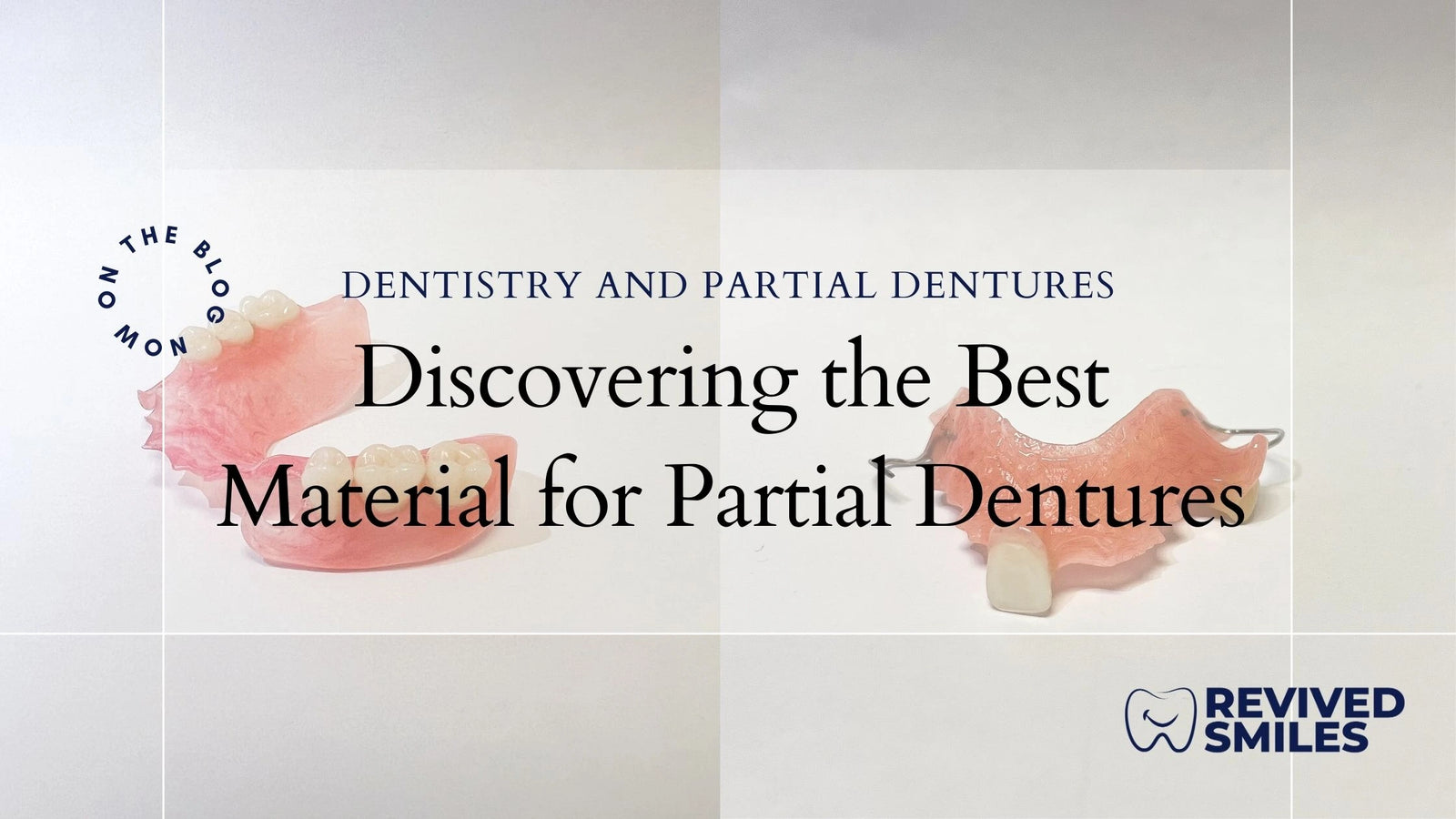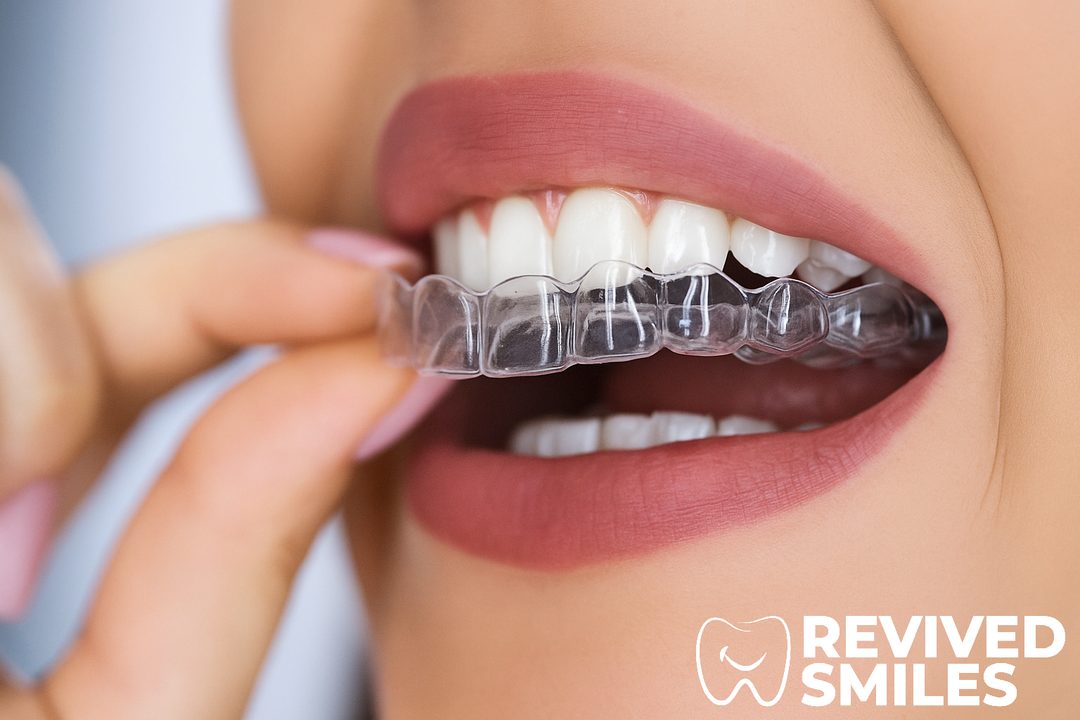Discovering the Best Material for Partial Dentures

Choosing the best material for partial dentures is crucial for comfort, durability, and aesthetics. With various options available, understanding their advantages and drawbacks can help you make an informed decision. In this article, we’ll delve into the different materials used for partial dentures, comparing their features and benefits to determine the best choice for your needs.
What Are Partial Dentures?
Partial dentures are removable dental prosthetics designed to replace one or more missing teeth. They help restore functionality and aesthetics by filling in the gaps and supporting remaining teeth. There are various types of partial dentures, each tailored to meet specific needs and preferences.
Common Materials for Partial Dentures
Partial dentures can be made from several materials, each offering unique benefits. The most common materials include acrylic, metal, and flexible resins.
Acrylic Partial Dentures
Features: Acrylic partial dentures are made from a plastic material that is easy to mold and adjust. They are often used for temporary dentures but can also be a permanent solution.
Pros:
- Lightweight and comfortable
- Affordable
- Easy to repair and adjust
Cons:
- Less durable than other materials
- Can be bulky
- May not blend seamlessly with natural teeth
Metal Partial Dentures
Types of Metals: Metal partial dentures are typically made from cobalt-chrome alloys, known for their strength and durability.
Pros:
- Very durable and long-lasting
- Thin and comfortable
- Provides strong support for remaining teeth
Cons:
- More expensive than acrylic
- Can be noticeable if not designed properly
- Potential for metal allergies
Flexible Partial Dentures
Features: Flexible partial dentures are made from a flexible resin material that allows for a snug and comfortable fit.
Pros:
- Very comfortable due to flexibility
- Aesthetically pleasing, blends well with natural teeth
- Hypoallergenic options available
Cons:
- More expensive than acrylic
- Can be harder to adjust and repair
- May not provide as much support as metal dentures
Comparing Partial Denture Materials
When comparing materials for partial dentures, several factors come into play:
Durability
- Metal: Most durable and long-lasting.
- Acrylic: Less durable, may need more frequent replacements.
- Flexible: Durable but less so than metal.
Aesthetics
- Flexible: Best for natural appearance and blending with gums.
- Acrylic: Can be made to match natural teeth but less seamless.
- Metal: Visible framework can be less aesthetically pleasing.
Comfort
- Flexible: Most comfortable due to its adaptability.
- Metal: Thin and comfortable but requires good fitting.
- Acrylic: Can be bulky and less comfortable.
Customization Options
Modern denture materials allow for extensive customization in color, shape, and size, ensuring a better fit and appearance.
Maintenance and Care
Proper maintenance is essential for the longevity of partial dentures. Regular cleaning and proper storage can extend the life of your dentures.
Cleaning Tips:
- Use a soft-bristled brush and denture cleaner.
- Avoid abrasive materials that can scratch the surface.
- Rinse after eating to remove food particles.
Cost Considerations
The cost of partial dentures varies depending on the material, complexity of the design, and geographical location. While initial costs can be high, investing in durable materials can reduce long-term expenses.
Patient Comfort and Experience
Comfort is a significant factor when choosing denture materials. Flexible and well-fitted metal dentures generally offer the best comfort, while poorly fitted acrylic dentures can cause discomfort.
Aesthetic Appeal
Flexible dentures often provide the best aesthetic appeal, blending seamlessly with natural teeth and gums. Acrylic can also look natural but may not be as seamless.
Durability and Longevity
Metal dentures typically offer the best durability and longevity, followed by flexible and then acrylic dentures. Regular care and maintenance can significantly impact the lifespan of all types of dentures.
Allergy Concerns
For those with metal allergies, hypoallergenic flexible resins are an excellent alternative. It's essential to discuss any allergies with your dentist to find the best material for you.
Environmental Impact
Choosing environmentally friendly denture materials, such as biodegradable resins, can reduce your ecological footprint. It's worth discussing sustainable options with your dentist.
Insurance and Coverage
Insurance coverage for partial dentures varies. It's essential to review your dental insurance policy to understand what is covered and any out-of-pocket expenses you might incur.
FAQs
What are the most common materials for partial dentures?
- The most common materials are acrylic, metal, and flexible resins.
Which material offers the best durability?
- Metal partial dentures are the most durable and long-lasting.
Are flexible partial dentures comfortable?
- Yes, they are known for their comfort and adaptability.
Can partial dentures be customized?
- Yes, they can be customized in color, shape, and size.
What is the cost difference between materials?
- Metal is generally the most expensive, followed by flexible resins, with acrylic being the most affordable.
Are there hypoallergenic options for partial dentures?
- Yes, flexible resins are available in hypoallergenic forms.
Conclusion
Choosing the best material for partial dentures depends on various factors, including durability, comfort, aesthetics, and cost. While metal dentures offer superior durability, flexible dentures provide excellent comfort and aesthetics. At Revived Smiles, we offer all these dentist quality dentures from the comfort of your own home!





Leave a comment